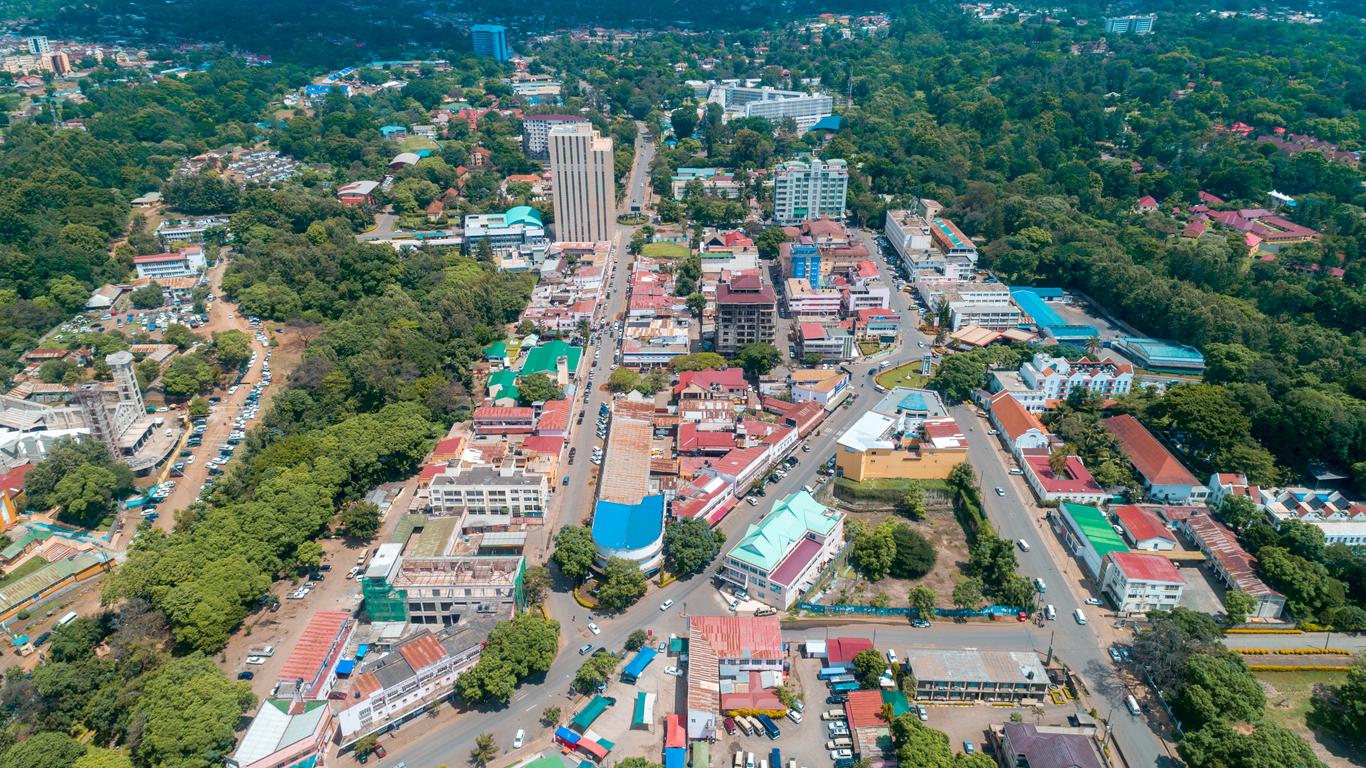1. Experience The Local Wildlife
Established in 1959, the Ngorongoro Conservation Area is home to the volcanic Ngorongoro Crater and boasts a wealth of majestic animals such as elephants, lions, leopards, buffaloes and rhinos, as well as herds of wildebeests and zebras, which migrate annually through the plains. Other highlights include the hominid fossils in the Olduvai Gorge, which date back millions of years. The area is part of the Serengeti and borders the southern plains.
2. Ascend The Highest African Mountain
The highest mountain in Africa, Mount Kilimanjaro is a dormant volcano rising 16,100 feet. First climbed by Hans Meyer and Ludwig Purtscheller in 1889, the mountain belongs to the Kilimanjaro National Park and is popular among climbers, hikers and safari enthusiasts. The mountain has three volcanic cones - Kibo, Mawenzi, and Shira. There are seven official trekking routes, including Lemosho, Marangu, Mweka, Rongai, Shira, Umbra and Machame, which is considered the most scenic and steepest.
3. Explore The Wetlands
The sixth largest park in Tanzania, Tarangire National Park, located in the Manyara Region, is divided by the Tarangire River. Known for its large populations of elephants, zebras, wildebeests and cape buffaloes, which are attracted to its fresh water reserves, the landscape also features Acacia and Commiphora-Combretum woodlands and Baobab trees. Stretching over 1,100 square miles, the area also features waterbucks, giraffes, impalas, and vervet monkeys, as well as predators such as lions, leopards, cheetahs and wild dogs.
4. Watch The Exotic Birds
Founded in 1960, Lake Manyara National Park, a 130 square mile park, is a renowned bird watching and information center. Consisting of 130 square miles of arid land, forests, and a 77 square mile soda-lake during the wet season, the park is home to leopards, East African lions, leopards cheetahs, elephants, blue monkeys, gazelles, hippos, Masai giraffes, impalas and zebras. Near the hippo pond, visitors are free to observe the animals from outside their vehicles in safety. The center also contains a popular gift shop.
5. Shop The Local Treasures
A place where the culture and creativity of Tanzania's more than 120 tribes is gathered together, the Arusha Cultural Heritage Centre features a collection of carvings, gemstones, artifacts, clothing, jewelry and books. Established in 1994, the center is popular among visitors looking for souvenirs, including beads, precious and semi-precious jewelry, spices, antiques and wood carvings. Among the stones offered by the center, guests will find rubies, emeralds, tsavorite, diamonds, sapphires and opals, as well as tanzanite - a rare violet stone indigenous to the country. The center also showcases artworks, such as sculptures, contemporary art and paintings from local and international artists, as well as a traditional restaurant.


